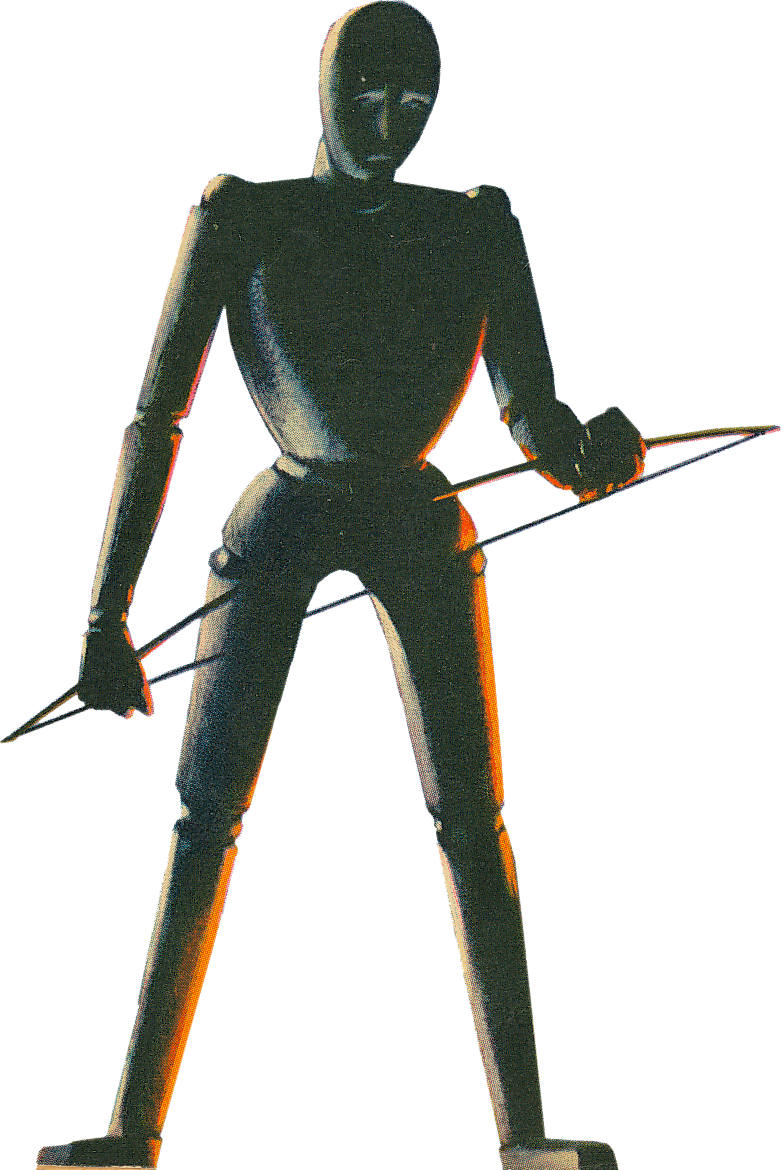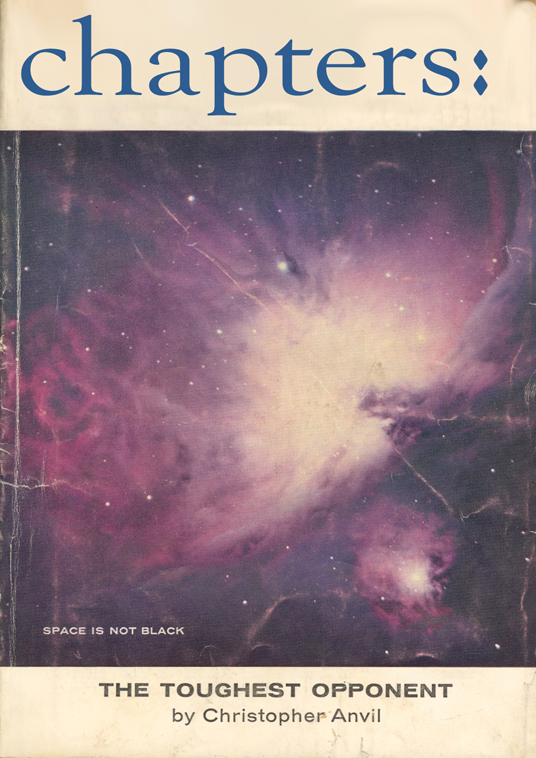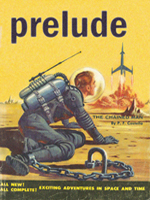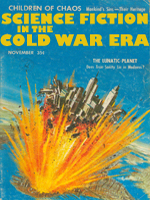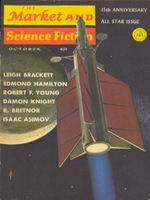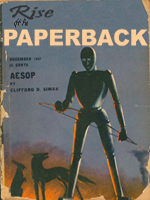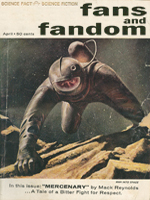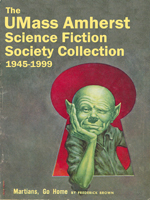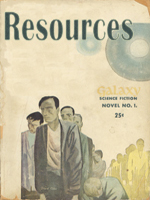There had been numerous business experiments with paperback publishing in both Britain and America before the late 1930s, but all had eventually failed. When the war years proved that the paperback could be profitable, publishers got wise and began ordering huge print runs, usually in the tens of thousands, to pare down per-unit production costs. Paperbacks were thus the quintessential print culture expression of nineteen fifties consumerism: cheap, uniform, and (eventually) widely available. And on a conceptual level, they were the ideal medium for a fiction genre perfectly poised to reflect and refract the anxieties of reading Americans. All that was left was the matter of exposure. Science fiction through the 1940s was limited in its distribution to magazine stands, a handful of libraries and booksellers, and a core of magazine subscribers who got their fiction through the mail. All this changed when science fiction met the paperback.
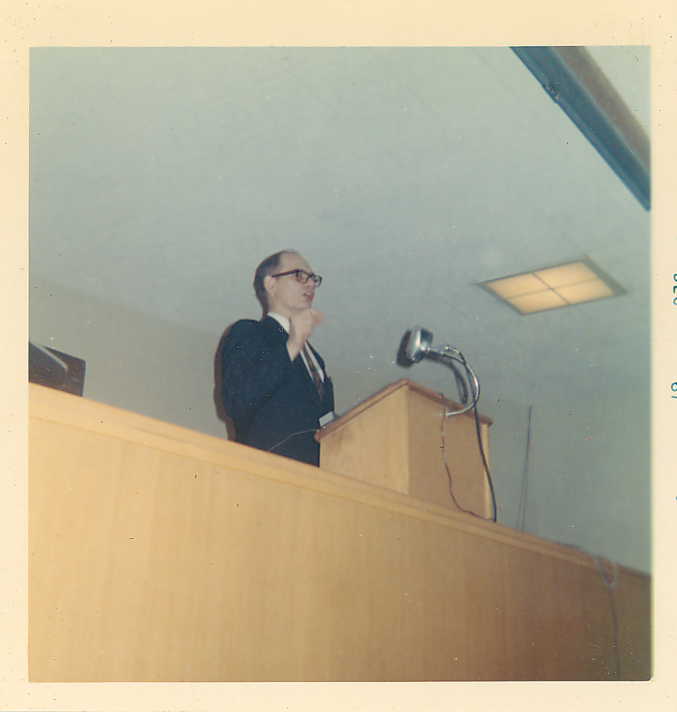
Photograph courtesy of UMSFS.
In 1952, science fiction was still a fringe genre for book publishers. But in that year an innovative book publisher named Ian Ballantine saw merit (and profit) in the genre, and began a concerted program of science fiction paperback publishing. He began with the Frederick Pohl and C.M. Kornbluth novel The Space Merchants. (Ironically, the novel is a satirical send-up of runaway consumerism in a future America.) Ballantine called his books adult science fiction to try to distance them from the juvenile stigma attached to the genre at the time.
Ballantine's experiment in publishing paperback science fiction was a microcosm of the larger paperback experiment, with the same results. His books proved profitable, and other publishing outfits followed suit. Science fiction became a paperback genre almost overnight in 1956, when an enterprising fan conducted an informal market survey at a prominent science fiction convention, fully 96% of people who read science fiction were buying their fiction in paperback form. Almost 80% were buying 7 or more such books each year, and an astonishing 38% were buying more than two books a month, or more than 24 books per year.
Though a number of prominent science fiction magazines published successfully through the 1960s (and a few still publish today), paperbacks in the 1950s became science fiction's primary home in print. This shift is what accounts for the notable slump in science fiction magazine sales after 1953. Crucially, the slowing of magazine sales did not correspond to a drop in science fiction's popularity. As science fiction moved to the paperback, readers followed.
Public libraries were a crucial outlet for science fiction in the 1950s. Libraries attracted readers who might not have been inclined to frequent magazine stands. Before the advent of the mass market paperback, science fiction found its way onto library shelves only in the form of large, daunting anthologies. There weren't many of them. But as publishing houses caught wind of the burgeoning paperback trade and began printing novel-length science fiction in paperback form, these paperbacks made their way onto library shelves, broadening the genre's exposure.
Libraries help explain certain gaps in the existing data on science fiction readership. For instance, only 40% of attendees to the convention mentioned previously reported purchasing hard cover books, but 77% professed reading them. Surely some borrowed copies of hard-bound science fiction books from friends, but part of the explanation for this discrepancy is almost certainly libraries.
